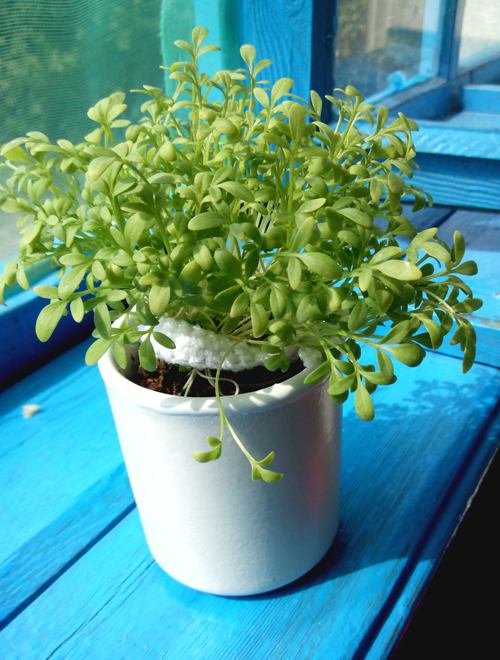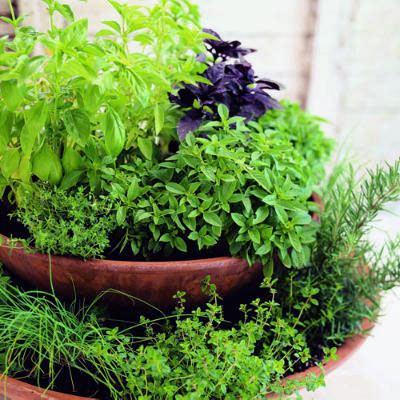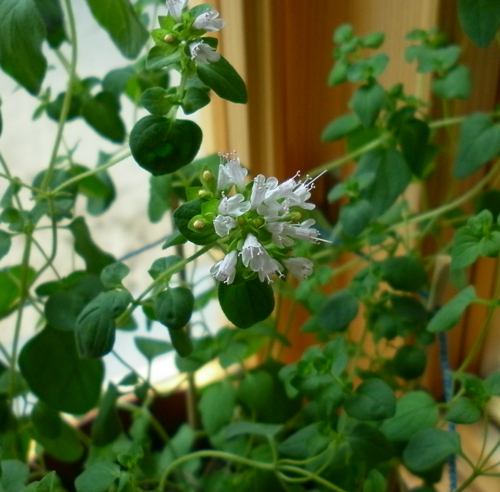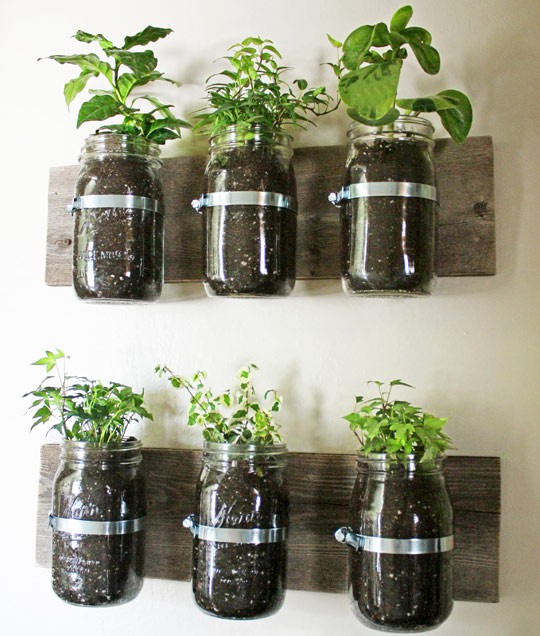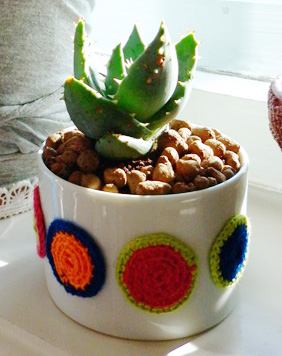There is evidence that cress salad was known to many peoples before wheat. This wonderful, very tasty spicy herb can even grow on wet paper, maturing in ten days.
Its slightly spicy taste is attributed to its unique chemical composition , which is rich in iodine and mustard oil.
Cress salad is traditionally used in medicine as a powerful vitamin stimulant, a general tonic, diuretic, wound healer, antidepressant, natural antibiotic, and antifungal agent.
Moreover, treatment with cress salad in conjunction with anticancer drugs acts as a strong antioxidant, and due to its high content of vitamins and fatty acids, it supports the body as a whole.
Hypertensives lower blood pressure with a bunch of cress salad. Cress salad helps restore vision, treats upper respiratory infections, and is used for anemia.
Diabetics lower blood sugar with cress salad, which also helps with weight loss.
External use of cress salad includes applying a paste made from salad leaves to wounds, ulcers, burns, acne, and boils. Oil from cress salad seeds can be used similarly to the paste.
Cress salad oil can be made at home: mix any vegetable oil you like (such as sea buckthorn or flaxseed oil) with cress salad leaves in a 1:1 ratio and let it steep in a dark place. This oil can be used for massages, to rub sore joints, and taken internally on an empty stomach by the teaspoon for recovery during vitamin deficiency.
Growing cress salad at home is very easy.
Both the leaves and seeds are best eaten fresh — this way, you not only get a wealth of nutrients but also fiber.
